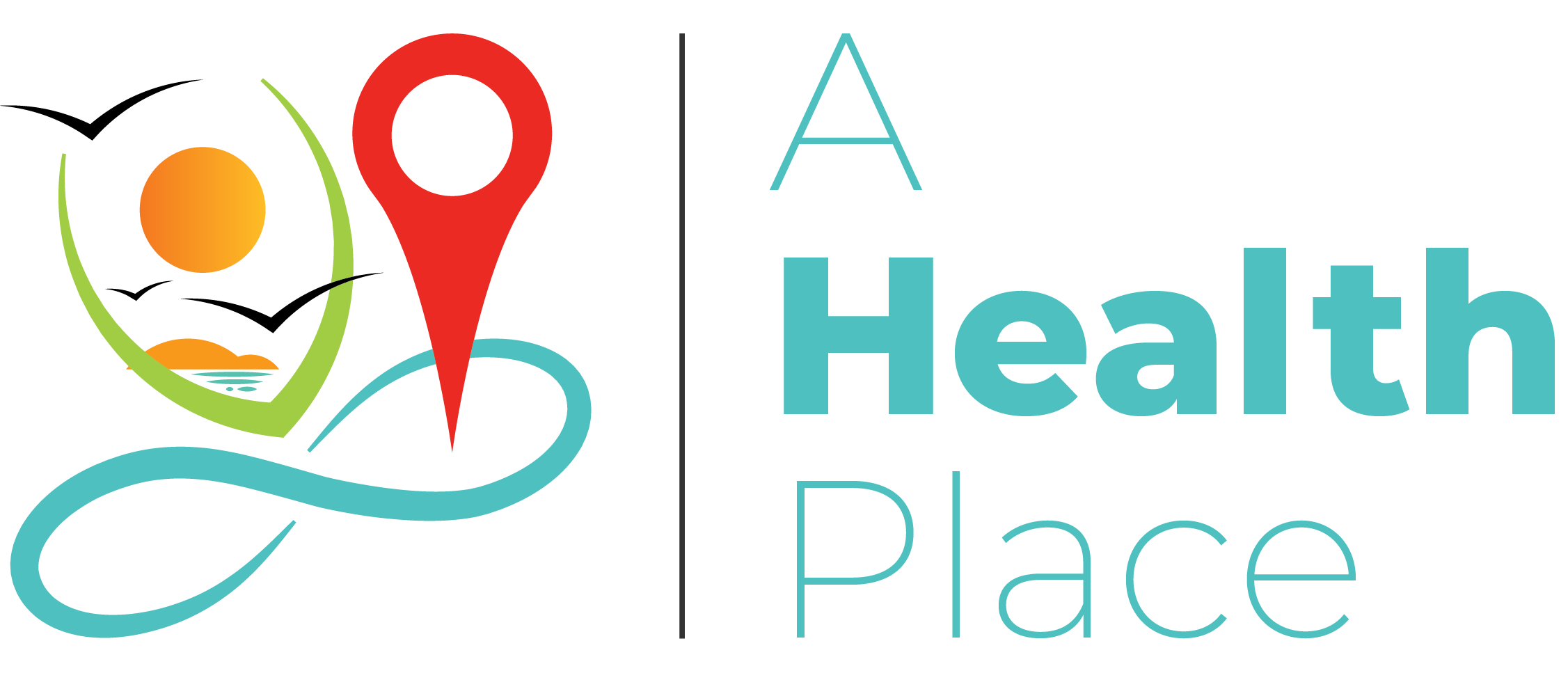To complete step one in any place of work risk assessment, you ought to become aware of the hazards for your workplace. Every workplace has risks and, even though there could be a person for conducting formal risk tasks. It is far nevertheless everyone’s duty to consider hazards withinside the place of job and minimize the hazard of harm. Not all hazards are apparent and they will be precise in your workplace. This could make it tough to at once become aware of and shield your employees from them. Therefore, we have created this guide that will help you recognize the unique classes of hazards and wherein they might be present.
What is Workplace Safety?
Workplace safety refers to the limitation of elements that could cause damage, accidents, and different bad outcomes in the workplace. It also represents a culmination of policies, behaviors, and precautions that work to restrict hazards, accidents, and different forms of damage in a work environment. Workplace protection at once impacts the productiveness and well-being of your workforce, and those at once affect the excellent output of your business.
Hence, employers ought to attempt to create secure surroundings that give an acceptable level of hazard for all employees. Also, employees ought to be quick to become aware of conditions and situations inside the place of their job that could jeopardize their protection or divulge them to unacceptable hazard levels.
-
Safety Hazards
Safety hazards are primary at the listing of 6 kinds of place of work risks. These risks play an impact on employees who work immediately with machinery or on production sites. Safety risks are risky working situations that could cause injury, illness, and death. Particularly, safety risks are the most commonplace of work risks. They include:
- Anything which could reason falls such as running from heights, including ladders, scaffolds, roofs, or any extended work area.
- Unguarded and shifting equipment elements that an employee can by chance touch.
- Electrical risks like frayed cords, lacking floor pins, and improper wiring.
-
Biological Hazards
Definition of biological hazards, called biohazards, may be any organic substance that might cause damage to humans. So, biological risks publicity to harm or disease from working with animals, humans, or infectious plant materials. However, are not restrained to work in schools, day-care facilities, faculties and universities, hospitals, laboratories, emergency response, nursing homes, or numerous outside occupations.
Types of factors for biological risks are:
- Blood and different body fluids
- Fungi/Mold
- Bacteria and viruses
- Plants
- Insect bites
- Animal and bird droppings
-
Physical Hazards
Of all the risks for your workplace, physical risks are the least obvious. Despite their name, physical risks are not usually something that you may see or touch. Indeed, physical risks affect people in intense climate situations or harmful operating environments. Workers who are exposed out of doors inside the sun for an extended period can go through physical risks that could cause long-time period effects on their health. Physical risks may be many factors in the surroundings that could harm the body without necessarily touching it.
Physical risks include:
- Radiation: which includes ionizing and non-ionizing (EMF’s, microwaves, radio waves, etc.) materials
- High exposure to sunlight/ultraviolet rays
- Temperature extremes – hot and cold
- Constant loud noise
-
Ergonomic Hazards
Ergonomic safety risks arise when the sort of work, body positions, and working situations place pressure on your body. They are the toughest to identify because you do not usually at once notice the pressure on your body or the damage that those risks pose. Furthermore, short-time exposure can also additionally bring about “sore muscles” the following day or withinside the days following the pressure. However, prolonged exposure can bring about severe long-time period issues.
Ergonomic Hazards include:
- Improperly adjusted workstations and chairs
- Frequent lifting
- Poor posture
- Awkward movements, especially if they are repetitive
- Having to apply too much force, mainly when you must do it frequently
- Excessive vibration
-
Chemical Hazards
Chemical hazards are present whilst an employee is exposed to any chemical preparation within the workplace in any form (solid, liquid, or gas). However, to a few people who are more sensitive to chemicals, even common answers can explain illness, pores and skin irritation, or respiratory problems.
Chemical dangers may be present inside the following:
- Liquids like cleaning products, paints, acids, solvents – mainly if chemical substances are in an unlabelled container
- Flammable substances like gasoline, solvents, and explosive chemical substances
- Pesticides
-
Work Organization Hazards
Safety hazards or stressors that cause stress (short-time period effects) and strain (long-time period effects). These are dangers associated with workplace troubles which include workload, loss of management and/or respect, etc.
Examples include:
- Workload demands
- Workplace violence
- High intensity and/or pace
- Respect (or lack thereof)
- Flexibility
- Control or say things
- Social aid or relations
- Sexual harassment
Hazard and Safety
Employees have the right to be secure at the same time as they perform exceptional duties in each corporation. Hence, each employer ought to prioritize workplace protection and appearance after worker safety to promote the well-being of all employees inside the workplace. Therefore, ensuring safety withinside the place of business is everyone’s responsibility as a breach of safety has dire consequences. It is far nevertheless everyone’s duty to consider hazards within the workplace and minimize the hazard of harm. Moreover, employees ought to go through the right orientation on workplace safety measures and suggestions. In addition to achieving this safety tracking structures should be installed and monitored, accordingly. Also, routine medical check-ups at the workplace will make sure that your employees are safe.









Discussion about this post